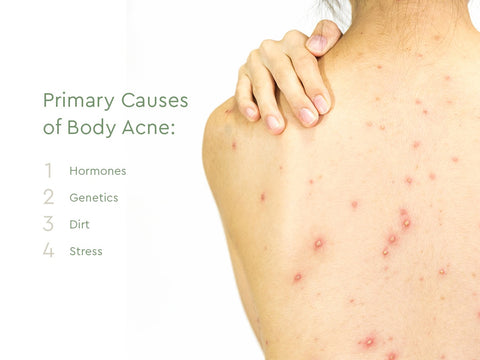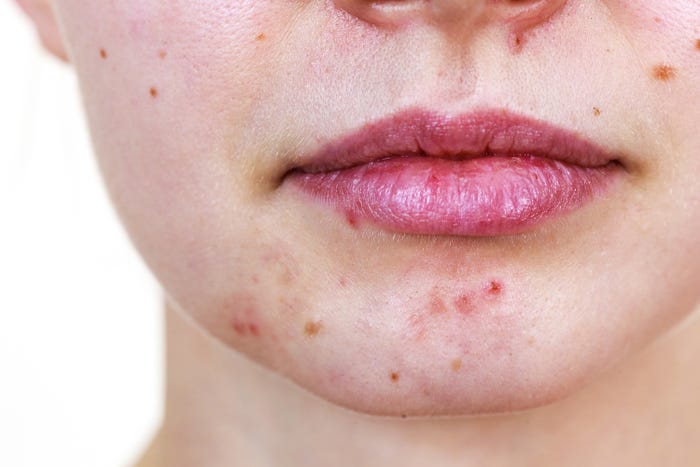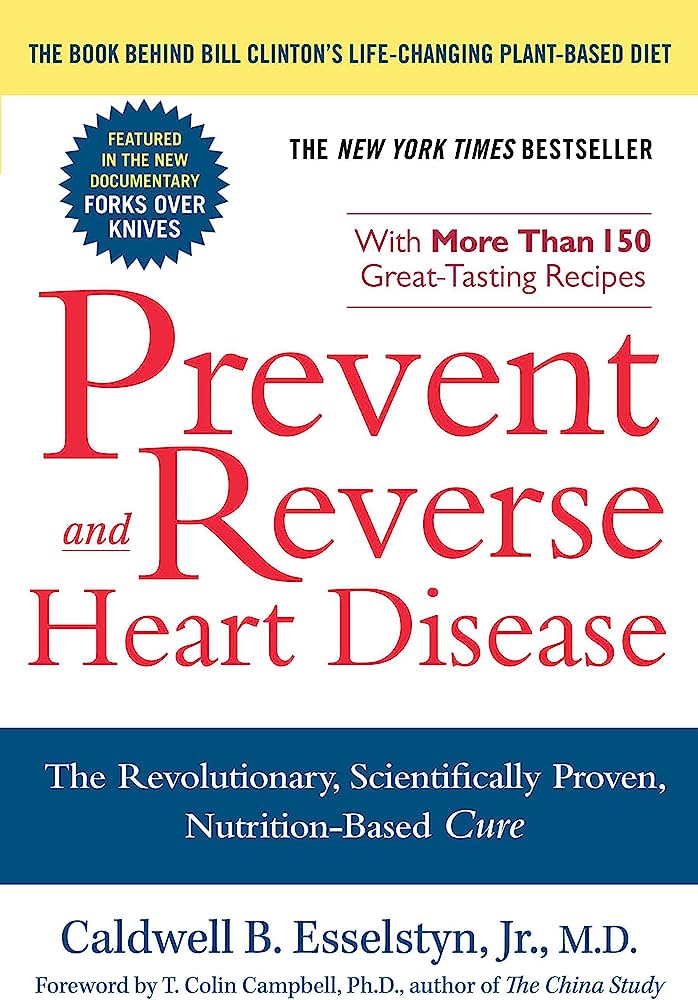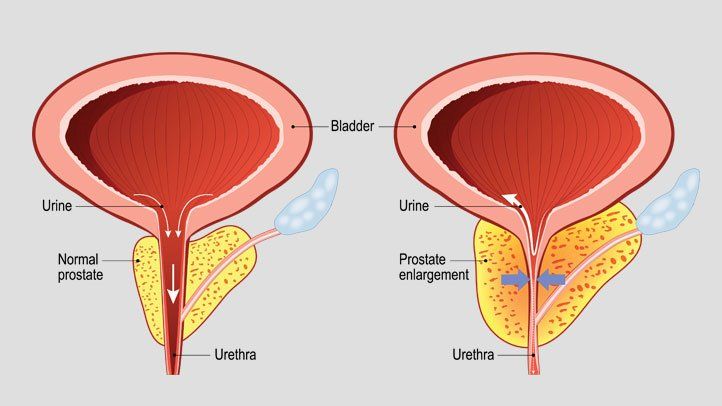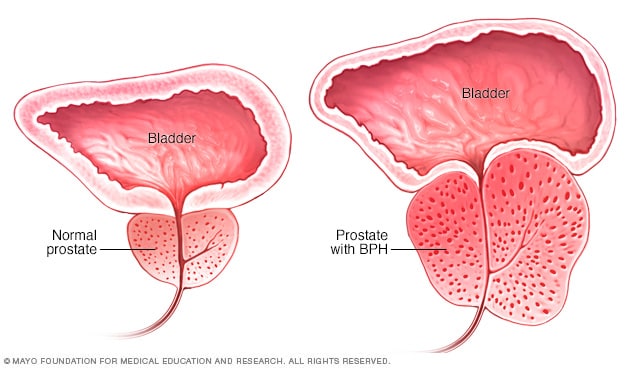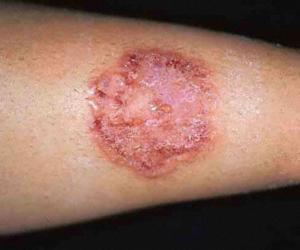
The symptoms of Jock Itch are similar to other types of fungal infection, such as athlete’s foot. These infections are usually found in warm, moist areas such as the groin fold and are often accompanied by other conditions. The fungus that causes jock itch is called tinea pedis. This fungus thrives on dead skin, hair, and toenails. Ringworm, or tinea corporis, is another type of fungus and occurs on different parts of the body, such as the feet and behind the knee. Yeast infections, which are caused by the same genus as Candida, also occur in warm, moist areas.
Fortunately, there are many treatments for jock itch. Treatment for the condition is easy and inexpensive. A simple change to your diet can cure your Jock Itch. A healthy diet will contain a wide range of fruits and vegetables, nuts, plain yogurt, and eggs. Avoid high-sugar or starchy foods. These will encourage the fungi to multiply, which will lead to the onset of pustules. You should also avoid alcohol and alcoholic beverages.
To determine the cause of jock itch, your doctor can examine your skin and take a small sample of it for analysis. Conventional doctors may scrape a piece of the affected skin on a glass slide for definitive diagnosis under a microscope. Medicated products may also be prescribed, but they’re not often effective in treating the condition. The most effective treatment for jock itch involves using over-the-counter antifungal creams.
A visit to a doctor is recommended if you experience frequent episodes of jock itch. A physician will evaluate the severity of the infection and prescribe a treatment. Home treatment may involve using antiseptic soap or topical creams. Using talcum powder on the affected area can help keep fungi at bay. If you’re suffering from mild cases of jock itch, you can use OTC antifungal products. However, if the itch is severe and causes discomfort, you may need to seek medical advice.
A common home remedy for jock itch is the use of onion juice. The juice of an onion can be applied directly to the affected area. Applying it twice a day will relieve the symptoms and prevent the rash from spreading. Similarly, rubbing on an onion will be beneficial for preventing the spread of the rash. It will also reduce the risk of the fungus. In many cases, it’s the best treatment for Jock Itch.
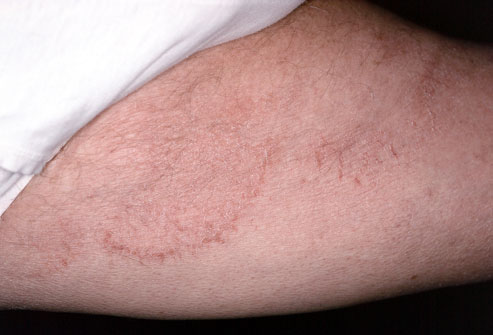
A doctor can diagnose the cause of jock itch by looking at the affected area. He or she can then determine which medication will be most effective. If the symptoms are mild, you can treat the infection yourself with OTC antifungal creams. More severe cases may require prescription medicines. In such cases, you might need to get a blood test. A doctor can also recommend a medicated lotion that will prevent the infection from returning.
Symptoms of Jock Itch may be very uncomfortable. A doctor can prescribe medication to relieve the pain and prevent further complications. Depending on the type of disease, the medication will be prescribed based on your history, physical exam, and laboratory tests. In some cases, skin creams are the first choice. These can be in cream, powder, or gel form. Moreover, there are some creams that you can buy over the counter.
If you are suffering from itching, treatment will depend on the source of the infection. Athlete’s foot often causes itching, so it’s important to find a fungus-free option. If you have athlete’s foot, you will need to treat the infected area with an antibiotic to help prevent the symptoms from returning. This drug is effective against epidermophytosis of the foot.
In addition to antibiotics, home treatments for itching include rinsing the affected area with salt water. You can apply talcum powder to the affected area to prevent fungal growth. You can also apply a baking soda paste to the affected area to prevent further infection. However, this method requires the approval of a physician. The doctor will examine the affected area to make the correct diagnosis. There are plenty of over-the-counter remedies for jock itch at https://productossaludes.com/, but you’re better off taking the advice of a doctor.
